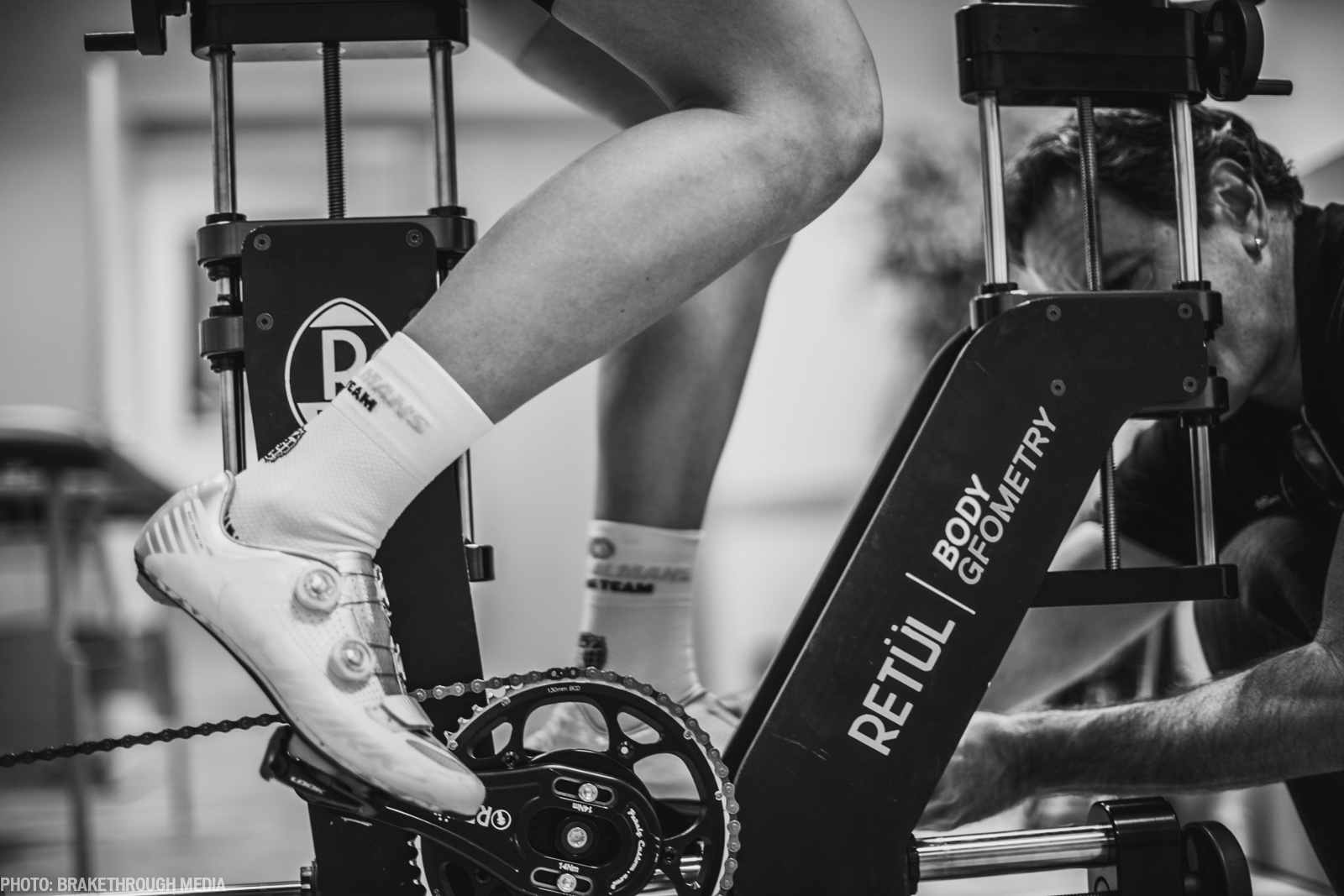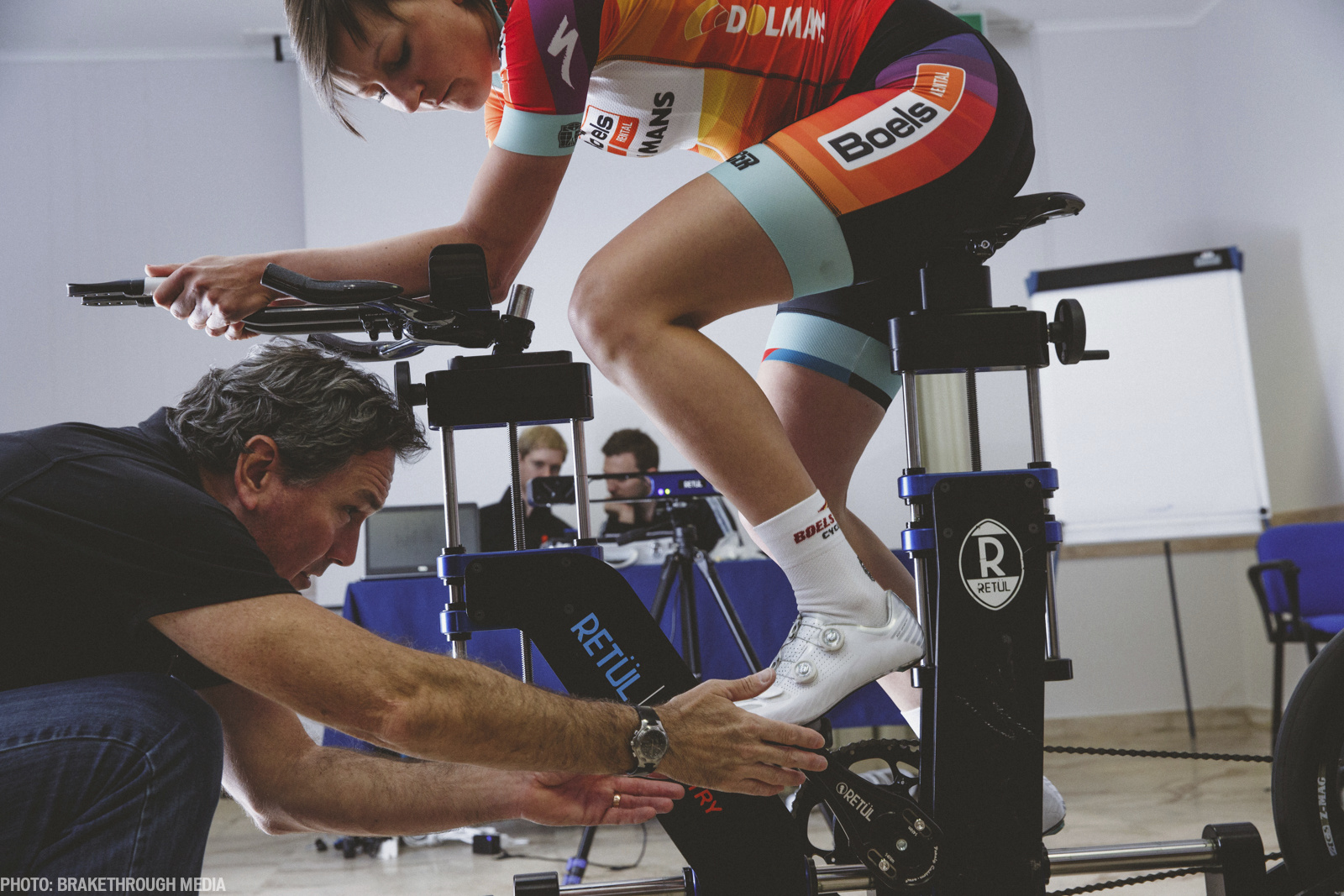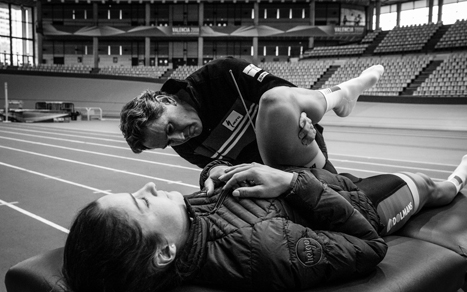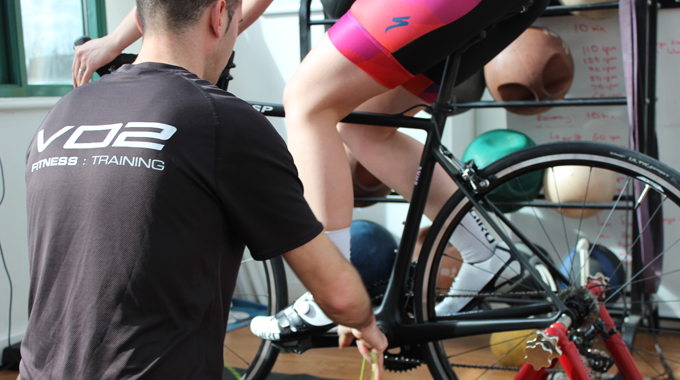Cycling can be beautiful, exhilarating and exhausting in equal measures. One thing it doesn’t need to be is painful. We’ve worked with Scott Holz – the expert who trains Specialized dealers in their Body Geometry Fit fit system (using advanced Retül bike fit tools) to bring you a series of guides on common problems and their equally common solutions. Holz has been helping riders discover their optimum fit for over 30 years, providing expertise for amateur everyday cyclists right through to World Champion Lizzie Armitstead. He’s well qualified, we assure you.
To kick off the proceedings, we’re starting with the number one cycling gripe: knee pain. In future articles we’ll look at neck pain, shoulder pain, back pain and issues arising from desk work and sitting.
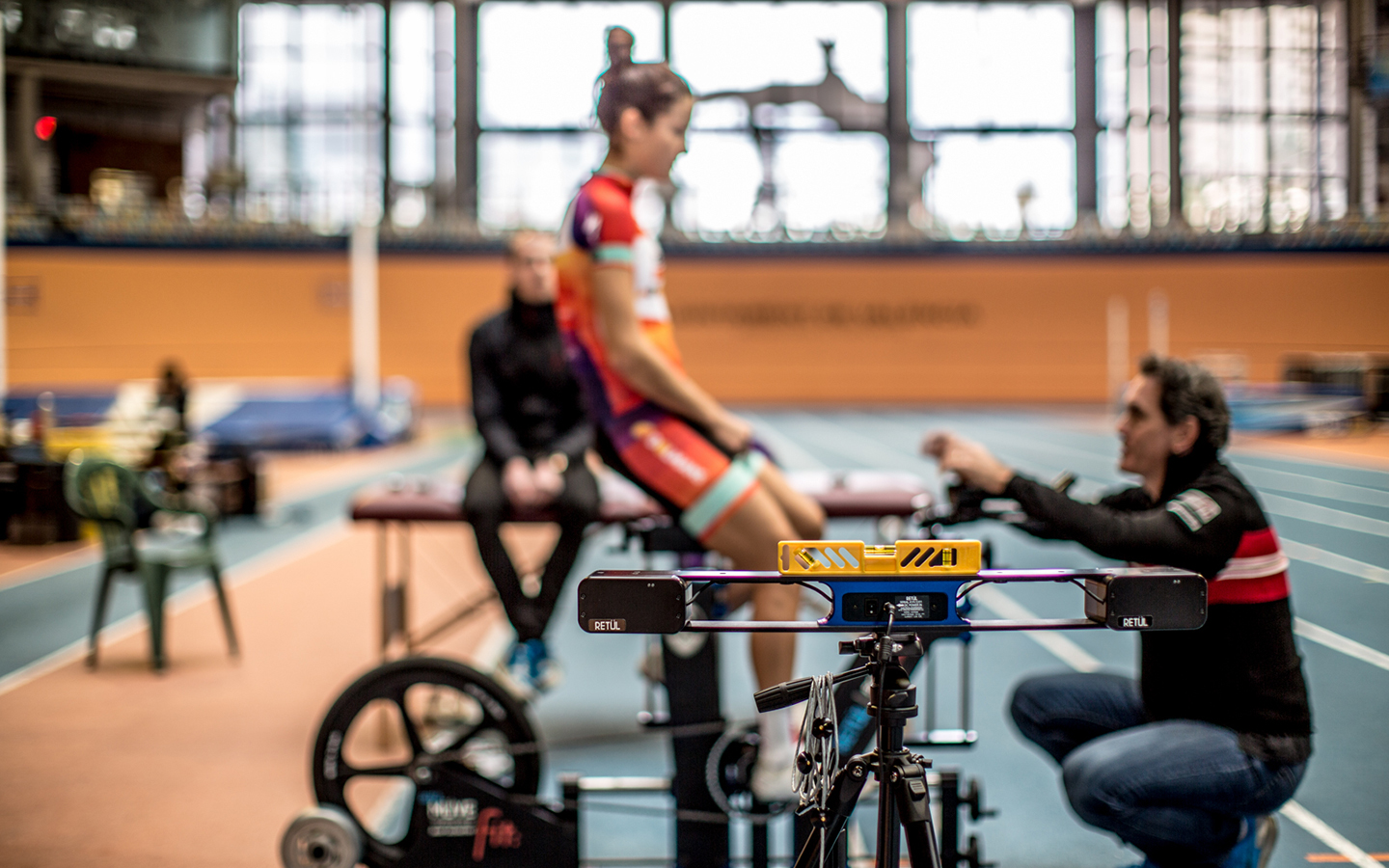
Cyclists commonly struggle with sore knees. Be it a niggle, a vague irritation or a wincing pain with every pedal stroke, it’s not something to be ignored or endured. More often than not, proper bike fit can resolve the problem.
There are a few cases when the solution needs to be sought off the bike, and we do have to point out that though there are patterns and prevalent causes – every body is different. These are generalisations to give you an idea what could be causing your problems and how you can take steps to reduce your discomfort. To get the ideal diagnosis and set-up, your best bet is to get a bike fit with a trained professional.
There are important facts to note before we go on:
- Firstly – you’re not alone, almost all cyclists have suffered from knee pain at some point.
- Secondly – it’s very likely that it’s not actually your knee that’s the problem, but a symptom of an issue elsewhere.
Covering off both of these important statements, Holz tells us: “The number one source of problem for cyclists, pretty typically, is the knee. The knee is the victim between the hip and the foot. It’s not the knees fault, it’s trying to do its job. If it’s not tracking properly you get problems.”
To discover the cause of the pain, you probably need to start by looking at the symptoms.

